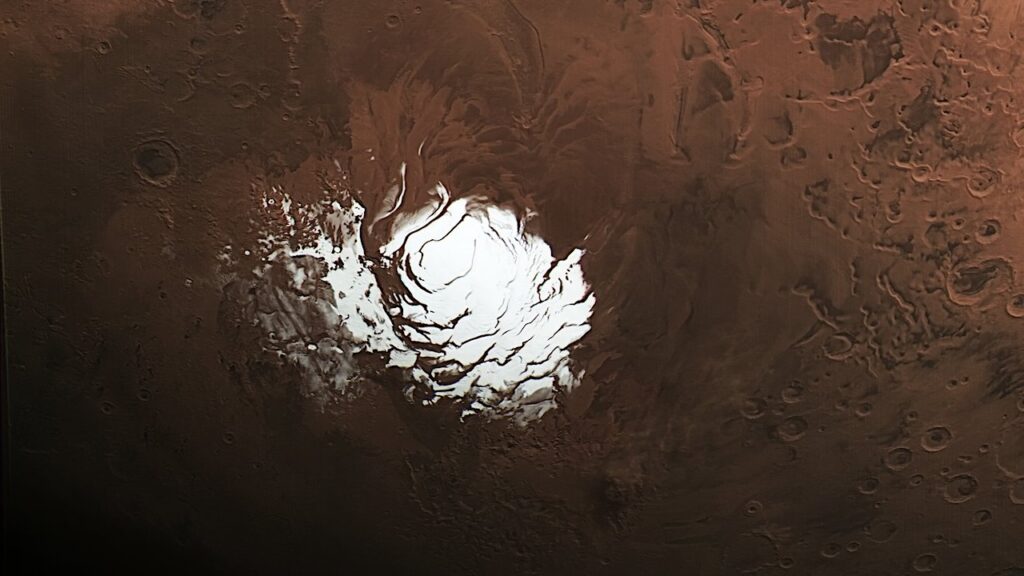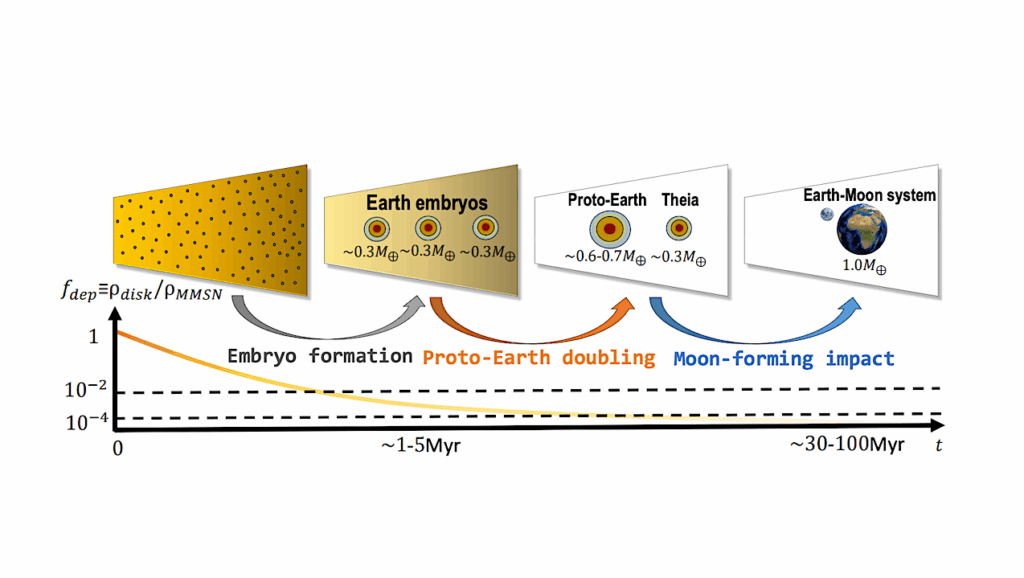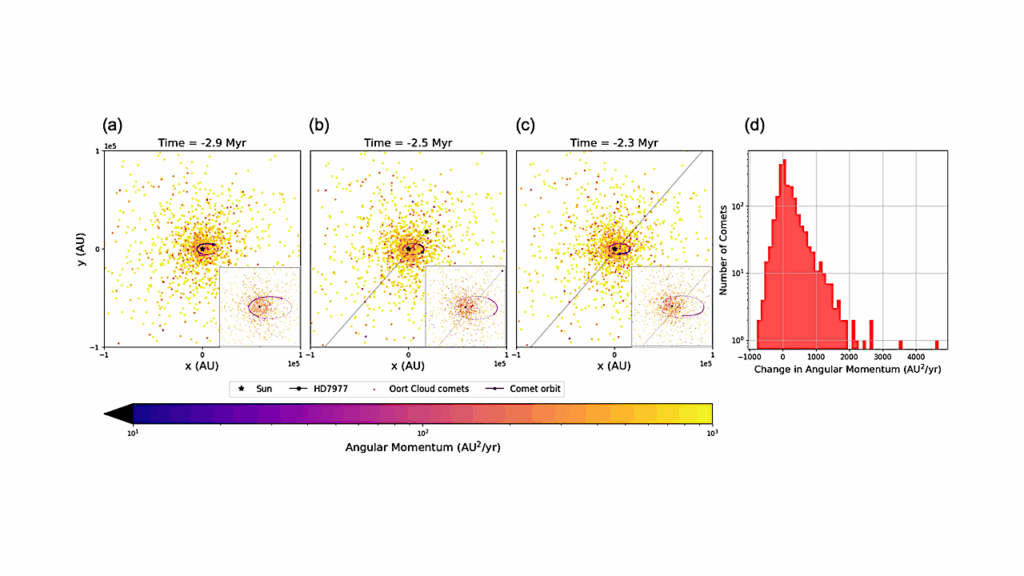Efficiency of Hydrodynamic Atmospheric Escape in Hot Jupiters and Super Earths

We develop a flexible one-dimensional code to model the escape of hydrogen and helium from a hot Jupiter as a result of photoionization from extreme-ultraviolet (EUV) radiation.
We include stellar spectrum heating and ionization, radiative cooling by Lyman-α and H+3, heat conduction, tidal gravity, a H-He reaction network, and account for the secondary ionization of species by photoelectrons.
For a fiducial hot Jupiter, we uncover a three-layer structure: an H+3-cooled layer of molecular hydrogen at the base, enveloped by a Lyman-α-cooled layer of neutral hydrogen, which transitions into an ionized wind layer that is cooled by adiabatic expansion. The highest spectral energy photons are deposited in the molecular layer, where, after accounting for energy loss via photoelectrons and ionization, H+3 is a substantial radiative coolant.
We run a grid of models, varying the distance of our fiducial planet from the star. We find that heat conduction at the base starts to have an effect at distances ≳0.2 au, increasing the H+3 cooling relative to the EUV input flux. At increasing stellocentric distances, the outflow becomes increasingly more neutral. The neutral hydrogen starts to decouple from the ionized outflow, free-streaming out.
In pure H-He mini-Neptune/super-Earth simulations, the outflows are significantly cooler, allowing molecules to survive throughout the outflow, pointing toward the likely importance of molecular cooling in determining whether these planets can maintain massive atmospheres. The analysis in this paper provides a framework for understanding the impact of molecular radiative cooling on atmospheric outflows.
Renata Frelikh, Ruth A. Murray-Clay
Comments: 44 pages, 23 figures, accepted for publication in ApJ
Subjects: Earth and Planetary Astrophysics (astro-ph.EP)
Cite as: arXiv:2511.15787 [astro-ph.EP] (or arXiv:2511.15787v1 [astro-ph.EP] for this version)
https://doi.org/10.48550/arXiv.2511.15787
Focus to learn more
Submission history
From: Renata Frelikh
[v1] Wed, 19 Nov 2025 19:00:00 UTC (1,349 KB)
https://arxiv.org/abs/2511.15787
Astrobiology,








